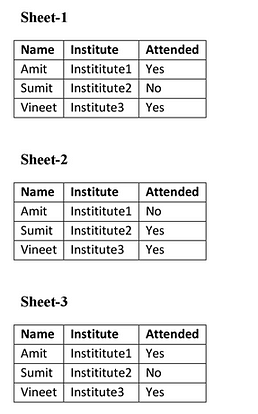An abstract is a brief summary of your research paper that provides readers with an overview of your study. Here are some steps to help you write an effective abstract:
Understand the purpose of an abstract: An abstract serves to introduce your research paper to readers, providing a brief summary of its purpose, methodology, findings, and conclusions. It is usually the first section of the paper that readers will encounter, and it should be written in a clear, concise, and engaging style.
Identify the key components of your research: Your abstract should include the main components of your research, including the research question or problem statement, the methodology used, the key findings, and the conclusions drawn from the study.
Write a clear and concise summary: Use simple and straightforward language to describe the key aspects of your research. Avoid technical jargon and provide enough information to help readers understand the main purpose and findings of your study.
Keep it brief: Most abstracts are limited to 250-300 words, so it's important to be concise. Focus on the most important aspects of your research and avoid including unnecessary details or background information.
Use active voice: Write your abstract in the active voice to help make it more engaging and dynamic. This will also help you convey your ideas more clearly and concisely.
Follow the format guidelines: Make sure to follow any format guidelines provided by the journal or conference where you plan to submit your research paper. This may include requirements for the length, style, and structure of your abstract.
Revise and edit: Once you have written your abstract, revise and edit it to ensure that it is well-structured, coherent, and error-free. Make sure to also proofread it carefully to catch any spelling or grammatical errors.
By following these steps, you can write an effective abstract that provides readers with a clear and concise summary of your research paper.
